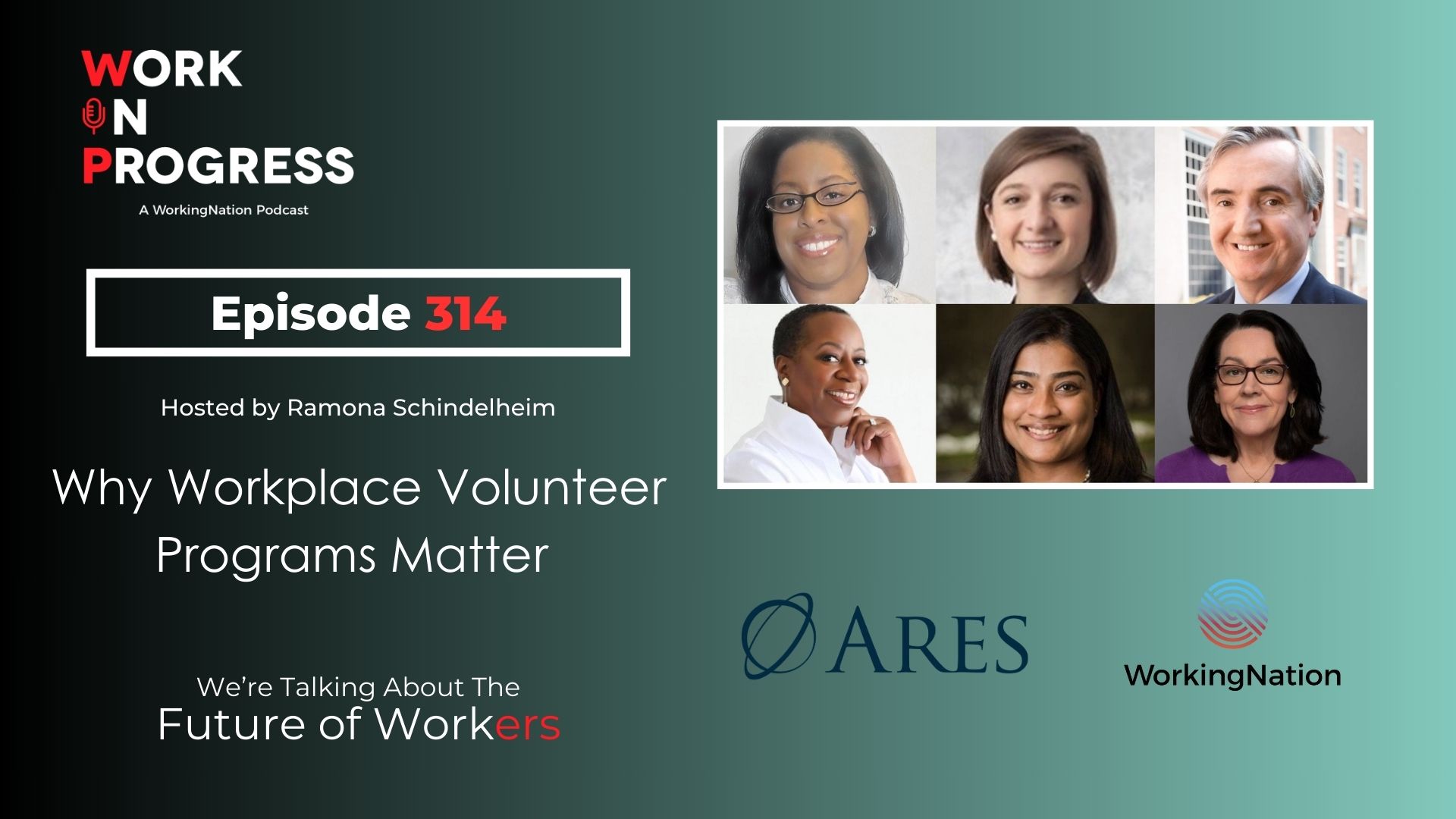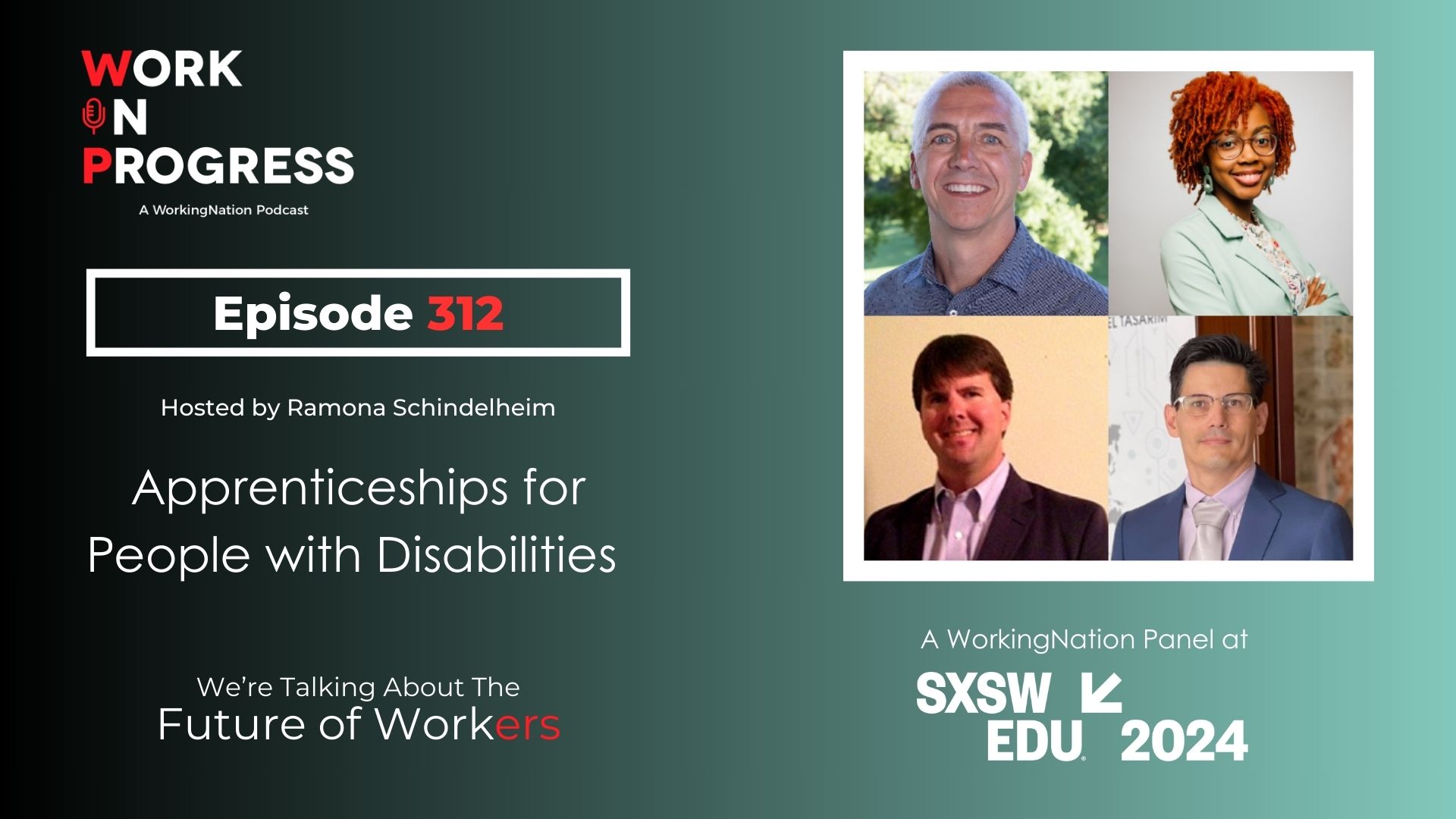
The world of work is changing at a pace that we have never seen before and nobody feels that more than business.
Keeping up with technological innovation so that a business can remain competitive is at the front of every CEO’s list of concerns. But in the last few years, the race to remain at the front of the line technologically has been surpassed by the war for talent.
Businesses of all sizes are experiencing longer ‘days to fill’ numbers in jobs across the spectrum.
Because of that, business are beginning to create solutions that will revolutionize education and hiring. The talent mismatch, or skills gap, has created an environment of disruption and innovation in the school-to-career model and the most visible changes are in the redefining of public-private partnerships.
Chief Human Resource Officers (CHROs) are quickly moving from simply listing job titles to listing the skills and competencies required for jobs and working closing with education partners to create curriculum and delivery mechanisms that result in more direct hiring. Both the Business Roundtable and the Business Higher Education Forum have developed replicable baccalaureate models in digital and cybersecurity that offer graduates a direct path to employment and business with a rich and ready pool of talent.
Community colleges, often recognized as the most nimble post-secondary institutions, have continued their strong reliance on industry councils to inform their clinical and technical curriculum but have now moved into offering flexible models of instruction.
Many offer hybrid models that blend in-person and online classes to accelerate and customize learning, evening and weekend programs and boot camp-style programs that compress the learning time by operating in a 40-hour week model for less than a traditional semester. Most have expended their offering beyond an associate’s degree to include short and long-term industry-recognized credentials that can often be stackable to a degree.
Innovative community colleges have already expanded where they offer their classes, moving into communities to expand accessibility and mitigate time and transportation concerns. Now employers are also open to offering classes on the worksite.
This offers convenience for their current workers, but also gives the colleges access to the current tools on the workplace and allows the employer to see first-hand the quality of the instruction and the talent of the students who could soon be members of their potential hiring pool.
Registered apprenticeships have a long history in the building trades but these learn-and-earn models have seen unprecedented growth in recent years.
Over 10,800 new apprentice programs were created between 2013 and 2018 in sectors like insurance, manufacturing, and health care, as well as construction. In many cases, apprentices are able to earn college credit while they are employed as apprentices, enabling them to combine academic and technical work to allow a broader array of career options.
Many employers have begun to rely on staffing firms to recruit talent, offer customized training, and select employees from that pool as permanent hires. This try-before-you-buy method allows both the employer and the employee to test drive the job to see if it’s a good fit.
Ryan Craig, co-founder and managing director of University Ventures, has written about companies like Revature and Talent Path using this model to reduce ‘hiring friction,’ the lack of work experience that often results in the quick turnover of new employees.
Large employers like Walmart and Amazon have made public commitments to train incumbent workers to qualify for in-demand jobs within the company and in the regional workforce. While I don’t want to diminish their good corporate citizenry, these efforts are grounded in a sound business need for talent that is continuously learning.
Smaller employers don’t have the financial resources to stand up their own programs or the number of vacancies to warrant special attention by local institutions so they have used intermediaries. Workforce investment boards and local trade associations have created consortia to train for skills needed across a sector, train for those skills and then help with placement. Whether using Manufacturing Extension Partnership, retail consortia, or state technology associations, these intermediaries have had become real solutions to talent shortages.
Solutions are being created across the country, built on dialogue about the skills needed to qualify for jobs and the most efficient and affordable programs to accelerate job seekers into those positions. All of these solutions require transparency and open communication about salaries, roles, and job benefits as well as the qualifications for those open jobs.
The churning and change in the workforce are not temporary challenges, they are instead a picture of the future of work.
Our goal at WorkingNation is to highlight solutions to build the conversation around what is working across the country and present those ideas that could be customized to meet the needs of your community. I hope you will join us by sending your stories and solutions that can be shared with others.
Building a diverse, vibrant mosaic of solutions that create an inclusive lens for talent is what will maintain our standing as the best-trained workforce in the world with companies that continue to innovate into the future.
Jane Oates is the president of WorkingNation.
You can share your examples of programs that are helping solve the talent gap in your community to [email protected].











